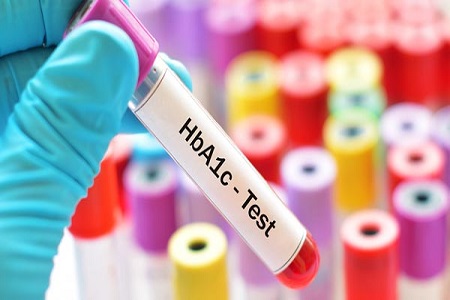
Nondiabetic individuals with high blood glucose levels after fasting who contract COVID-19 are at higher risk for developing a serious case of the disease, according to a collaborative study conducted by the Jerusalem College of Technology, Hadassah Medical Organization, Hebrew University-Hadassah Braun School of Public Health and Community Medicine and the Israeli health fund Meuhedet.
Further, the study revealed that the higher the glucose values, the greater the risk of severe COVID-19. People with glucose values of 125-140 mg/dl were twice as likely to develop COVID-19 complications than patients with glucose values less than 105. The standard blood glucose level for an adult is between 70-100 mg/dL, after having fasted at least eight hours.
For diabetics who contract COVID-19, the risks are different: the highest risk (one in four) for having a serious case of COVID-19 is among those with low blood glucose levels—that is, below 80 mg/dl.
Dr. Orit Bernholtz-Gulchin, head of the Meuhedet regional diabetes clinic, notes that the study findings should alert the medical community to place emphasis on preventing hypoglycemia, where blood glucose levels drop radically from the norm.
At the same time, the lowest risk for diabetics to develop a serious case of COVID-19 (1 in 12) was when their blood glucose level was between 106–125 mg/dl. The risk then increased with levels above 125mg/dl.
Hebrew University-Hadassah Braun School of Public Health and Community Medicine Prof. Ora Paltiel comments, “The study shows very strongly how much can be learned from quality and continuous medical recording, such as we have in the Israeli health care system.”
The authors conclude, “Elevated pre-infection blood glucose is a risk factor for severe COVID-19, even in non-diabetics. For patients with a diagnosis of diabetes, both high, as well as low pre-infection glucose levels, are risk factors for severe COVID-19. Further research is required to assess whether these associations are causal, but we believe these findings can already have clinical implications for COVID-19 risk assessment and stratification.”
Read more about the study in Plos One.
